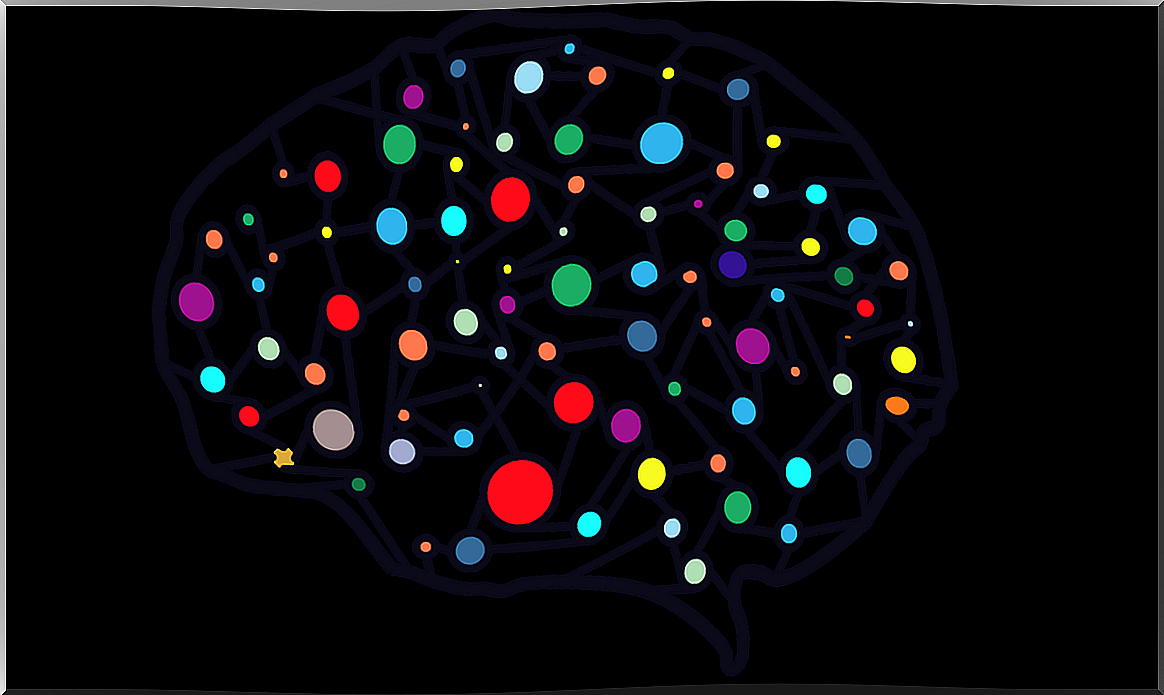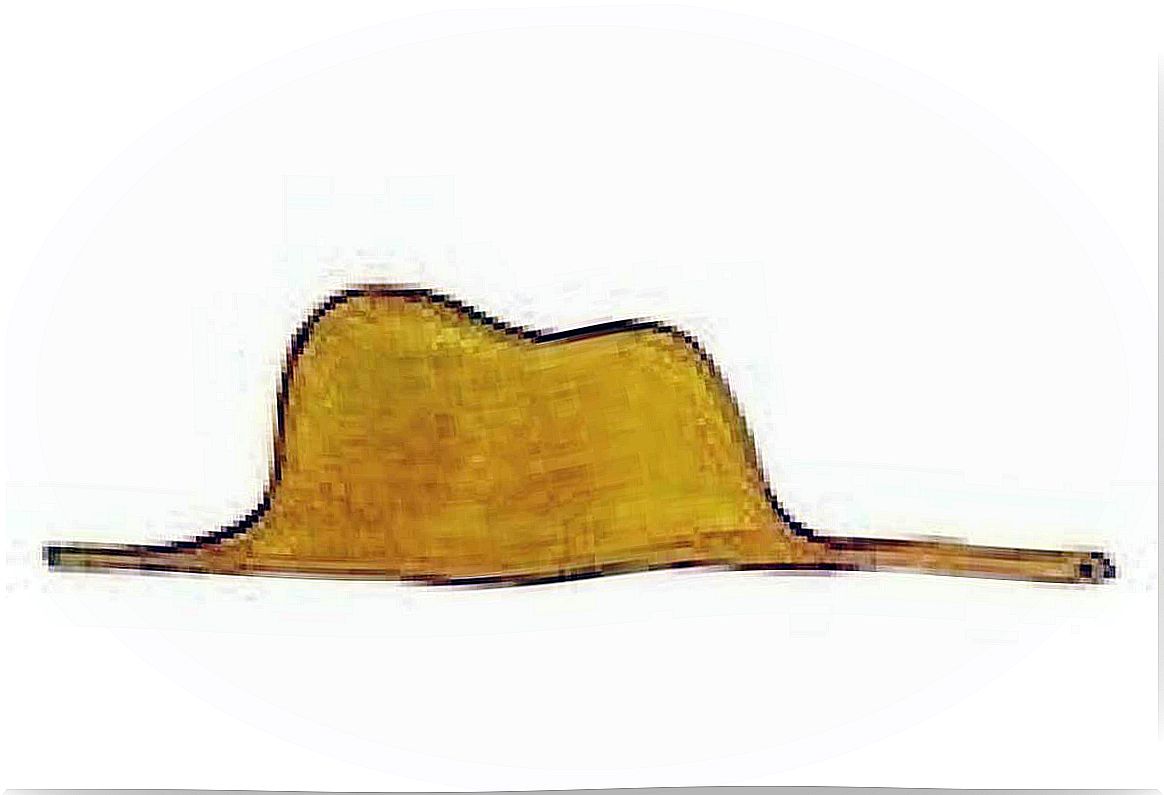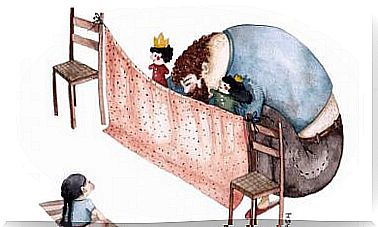Decomposing Objects: A Powerful Creative Technique

When we give a child a toy, the last thing we expect is that he will break it. However, this happens always has a 90% chance. Now, the smartest and brightest little ones, what they will actually do is decompose objects. That is to say, they will dismantle that vehicle, that doll or that game to know “know what is inside” and understand how they are made.
Sometimes the simple act of backing up, taking apart, dismantling, or deconstructing acts as an extraordinary tool for creativity. And this is a step that we do not always take into account. For example, when we think of the classic LEGO and the many colored pieces, it is common to take for granted that few games encourage creative thinking as much.
However, in recent years it is being considered that, perhaps, it does not do it as much as we thought. In a research article published in the Journal of Marketing Research they reveal that having to build a LEGO kit following specific and fixed instructions would actually undermine the capacity for innovation.
It is therefore time to see things differently. Creativity does not work if we have to follow specific guidelines. Furthermore, building is not the height of originality and lateral thinking. Sometimes by decomposing we can discover amazing processes and possibilities …

Decomposing objects why is it beneficial?
When we think about the process of creativity we always do it in one direction: forward. This movement is translated into processes such as relating, linking, building and, little by little, shaping something new and innovative. However, sometimes the fact of going back also allows us to make discoveries and take on valuable lessons.
We all know someone we call “handyman.” They are people capable of fixing things, men and women who manage to restore the functioning of those devices, machines and gadgets that we give up for lost. Well, to achieve that magic, they have first learned to decompose objects, to understand what function each piece has and how each part forms a whole that works in harmony.
This is a tremendously powerful mental process …
We have a problem with fixed minds (and you have it too)
Most of us take for granted that we are wildly creative people. And, without a doubt, we are. Because we all come into the world with amazing powers to innovate, imagine, challenge reality and see things from multiple points of view …
Now, these faculties are very typical of childhood, at which time our lateral thinking is at 100% of its capacity.
- However , formal education and classic teaching methods have a flaw: they help us all end up thinking in the same way.
- Almost without realizing it, we develop fixed minds, the kind that filter everything through what in psychology we know as “functional fixation.” Now, what does this dimension consist of?
- Functional fixation defines those times when we limit ourselves to thinking in pre-established schemes.
- For example, when I am asked what a wooden clothespin is for, the first thing I will answer is that its obvious use is to hang clothes to dry.
A fixed mind has learned to see things as they are and is unable to glimpse other possibilities, other worlds. Now, one way to make these approaches more flexible is by teaching them the art of decomposing objects.

Decompose objects, tweezers that transform into jewels and elephants that have been eaten by a boa
Tony McCaffrey is a renowned researcher on innovation and creativity. Aware of the great problem that is functional fixation in the human mind, he developed a new technique to deactivate this approach and allow us to gain originality, flexibility and especially lateral thinking.
His research is highly decisive for several aspects:
- To overcome functional fixation, there is nothing better than decomposing objects.
- Let’s think again about a clamp, to assess all the utilities that this everyday object can have, it is best to decompose it. That is to say, knowing how it is made and what parts it is made up of.
- We will instantly discover three pieces: two wooden bands and a central iron that serves as a setting.
- Now, we no longer have one object, we have three. With this, we not only discover the operation of a clamp but we can also assess what more uses it can have.
- For example, the central hook can be used to make a homemade jewel with some imagination. The woods can be used to create any craft.
Now imagine the classic image of the hat of The Little Prince . The resource of decomposing objects also finds its meaning and utility here. It is enough to go beyond the apparent image and imagine what other objects or realities can shape it. Why not an elephant and a boa? The possibilities are endless.
To conclude, when optimizing our creative spark and lateral thinking, let’s not neglect this process. Decomposing and separating the parts of the whole can be a tool with immense possibilities. Let’s keep it in mind.









